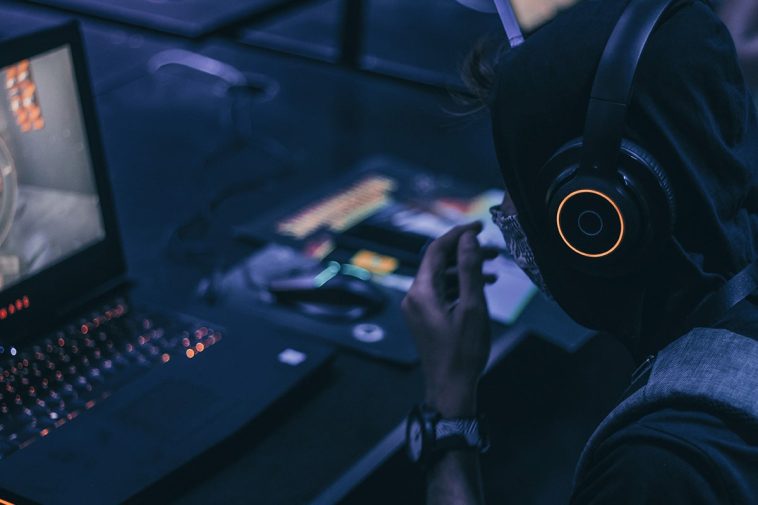Introduction.
Creating unique and visually captivating games often requires custom assets that align perfectly with your creative vision.
Whether it’s characters, objects, backgrounds, or special effects, making your assets for Unity 2D can add a personal touch to your game and set it apart from the rest.
While Unity provides a vast library of pre-made assets, creating your assets gives you full creative control and allows you to bring your game ideas to life in a unique way.
In this article, we’ll explore the process of making your assets for Unity 2D, empowering you to unleash your creativity and craft a truly personalized gaming experience.
Note: It’s important to remember that asset creation is a skill that requires practice and patience. Don’t be discouraged if you’re a beginner – with time and dedication, you can develop your unique art style and create stunning assets for your Unity 2D games.
How Do I Make My Assets For Unity 2D?
By crafting your characters, objects, backgrounds, and special effects, you can create a game that stands out and reflects your creative vision.
While it may seem daunting at first, making your assets for Unity 2D doesn’t have to be complicated.
In this article, we’ll guide you through the process of making your assets, providing tips and techniques to help you unleash your creativity and take your game to the next level.
1. Conceptualizing Your Assets.
Before diving into asset creation, it’s essential to have a clear idea of what you want to create. Develop a concept or a design document that outlines the style, theme, and characteristics of your assets.
Consider the visual style of your game, the desired level of detail, and the overall aesthetic you want to achieve. This will serve as a guide throughout the asset creation process.
2. Character Design and Animation.
Creating characters is an exciting part of asset creation. Start by sketching and refining your character designs on paper or using digital tools like Adobe Photoshop or Procreate.
Once you have a finalized design, break it down into individual body parts and create sprites for each pose and animation frame.
Unity supports sprite animation through the 2D Animation package or other third-party plugins. Rig and animate your character using tools like Unity’s Animation window or external animation software like Spine or DragonBones.
3. Sprite Creation.
For objects and environmental assets, you’ll need to create sprites. Sprites are 2D images that represent various elements in your game.
To create sprites, you can use graphic editing software like Adobe Photoshop, GIMP, or Aseprite.
Consider the size, scale, and perspective of your sprites to ensure they fit seamlessly into your game.
Pay attention to details like shading, highlights, and textures to add depth and visual appeal to your assets.
4. Background Art.
Background art sets the stage for your game and contributes to the overall atmosphere. Designing backgrounds involves creating visually appealing and cohesive scenes that complement your gameplay.
You can use graphic design software or digital painting tools to craft detailed and immersive backgrounds.
Pay attention to colour palettes, lighting, and perspective to create depth and convey the desired mood.
Break down complex backgrounds into layers to allow for parallax effects, which add a sense of depth and movement to your scenes.
5. Special Effects and Visual Enhancements.
Special effects can add an extra layer of visual flair to your game. Consider elements like particle effects, lighting, and visual enhancements to make your game more engaging.
Unity provides built-in tools like the Particle System for creating particle effects, as well as lighting and post-processing effects to enhance the visuals.
Experiment with different settings and parameters to achieve the desired effects that align with your game’s style and gameplay.
6. Integrating Assets in Unity.
Once you have created your assets, it’s time to integrate them into your Unity project. Import your sprites, backgrounds, and other assets into Unity’s Asset folder. Organize them into appropriate folders for easy access and management.
Use Unity’s 2D tools to position, scale, and animate your assets within your game scenes. Take advantage of Unity’s scene editing capabilities to create engaging levels and gameplay experiences.
7. Iteration and Feedback.
Creating assets is an iterative process. Regularly test your assets within the game environment and gather feedback from peers or playtesters.
Refine and make adjustments based on feedback to improve the overall quality and visual appeal of your assets. Don’t be afraid to iterate and experiment with different ideas to find the best fit for your game.
Conclusion.
Making your assets for Unity 2D games is an exciting and rewarding journey. By following the steps outlined in this article, you can bring your creative vision to life and create a game that truly reflects your unique style.
Remember to plan your assets, invest time in design and animation, pay attention to details, and integrate them seamlessly into your Unity project.
With dedication and practice, you’ll be able to create stunning and captivating assets that enhance the overall experience of your Unity 2D game.






GIPHY App Key not set. Please check settings